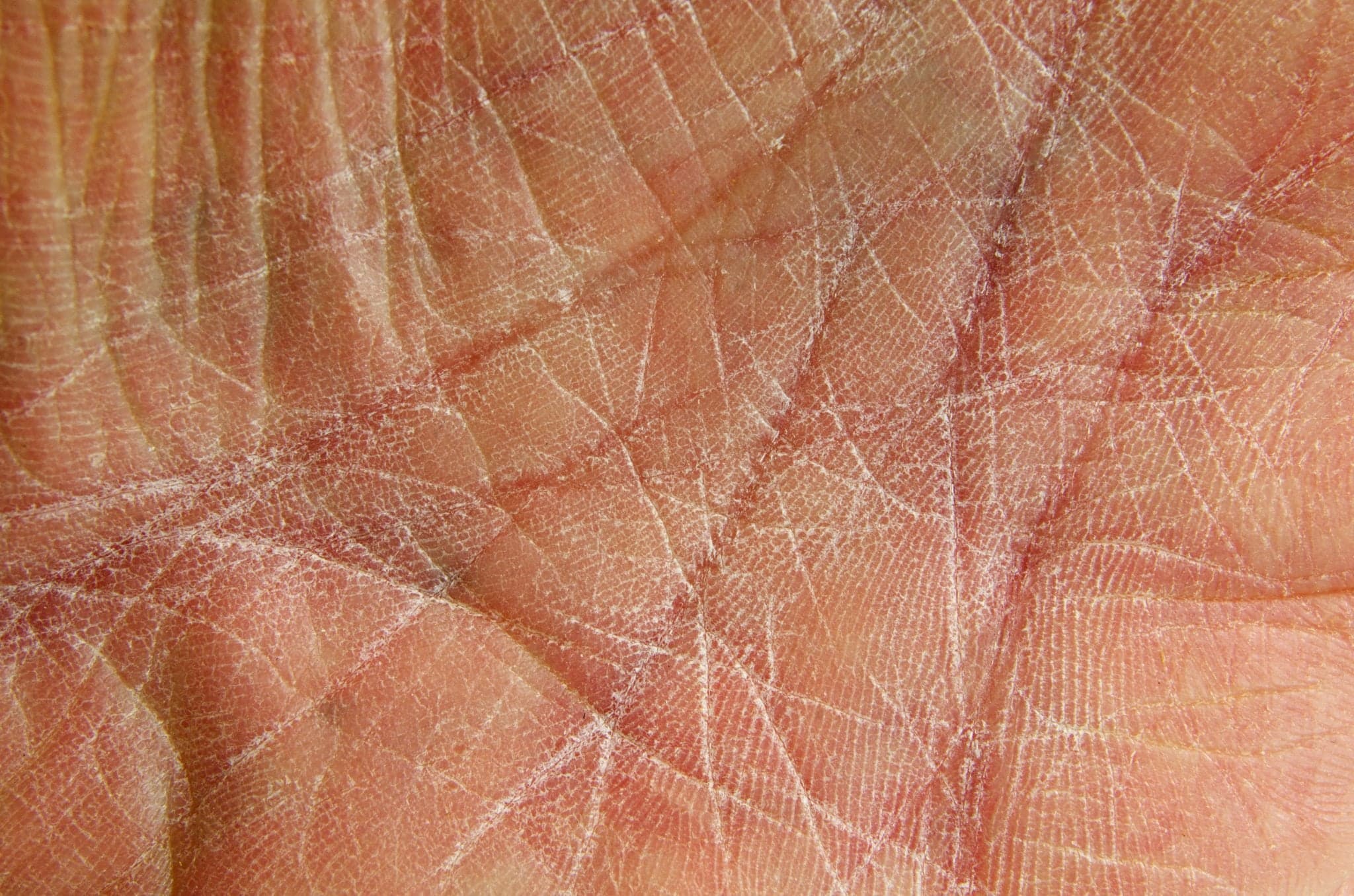
2018-10-03T09:37:12
What are the Risks of Uncontrolled Medical Conditions During Plastic Surgery?
- Plastic and Reconstructive Surgery
- Value-Based Care
August 15, 2017 | Plastic and Reconstructive Surgery

Many plastic surgery procedures can fulfill either cosmetic or functional needs, and a good example here is blepharoplasty, or eyelid surgery. It involves removal of excess skin, muscle and fat from droopy eyelids.
Many people consider blepharoplasty to look more youthful, but it can also be practically useful as well. Severe sagging skin around the eyes can reduce peripheral vision, particularly in upper and outer vision fields—blepharoplasty can reduce or eliminate these vision issues while also improving cosmetic appearance at the same time. Here’s a look at the common uses, risks and results associated with blepharoplasty.
Eyelid surgery can be performed on the upper eyelids, lower eyelids or both. As long as you’re generally healthy, don’t smoke, don’t have other serious eye conditions and are realistic about your goals for surgery, you could be a candidate for blepharoplasty. It can be used to treat:
In some cases, a blepharoplasty is performed along with another procedure, including brow lifts, face lifts or skin resurfacing.
Before scheduling a blepharoplasty, you’ll meet with your plastic surgeon to discuss your medical history and your expectations for the surgery. The process looks a little like this:
You’ll be told to stop taking all aspirin, ibuprofen, naproxen or any other medication associated with increased bleeding for a specified time before and after surgery. You’ll also be asked to quit smoking, and to arrange for someone to drive you to and from surgery and stay with you the first night after you return home.
During a blepharoplasty, procedure steps include:
You’ll spend time in a recovery room after surgery, and you’ll be monitored for complications. A few effects you might temporarily experience after surgery include:
Your surgeon will offer specific instructions on how to care for your eyes, and these could include medications and specific areas to pay attention to during recovery.
Possible risks of blepharoplasty can include:
Results of eyelid surgery are long-lasting, and most patients can resume regular activities within about 10-14 days. Final healing may take a few months. Good results are expected, but there is no guarantee—in some cases, additional surgeries may be necessary. For best results, be sure to follow all postoperative instructions carefully, and be sure not to apply significant force, abrasion or motion to the incisions during healing.
If you think you might be a candidate for blepharoplasty for cosmetic or health purposes, speak to your doctor or plastic surgeon to find out if it’s right for you.
“Eyelid Surgery (Blepharoplasty).” American Society of Plastic Surgeons. https://www.plasticsurgery.org/cosmetic-procedures/eyelid-surgery
“Blepharoplasty.” The Mayo Clinic. http://www.mayoclinic.org/tests-procedures/blepharoplasty/basics/definition/prc-20020042
WRITTEN BY:
The Live Better Team

2018-10-03T09:37:12

2017-09-19T11:00:59

2017-09-11T10:40:36

2017-09-05T09:30:10
This information is not intended to replace the advice of a medical professional. You should always consult your doctor before making decisions about your health.